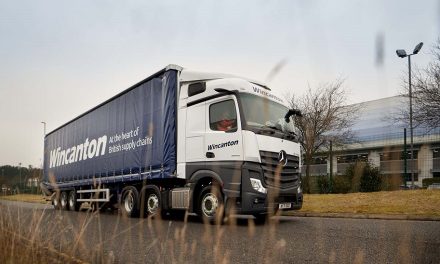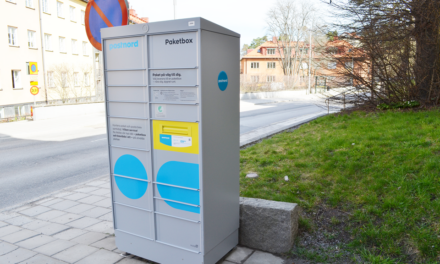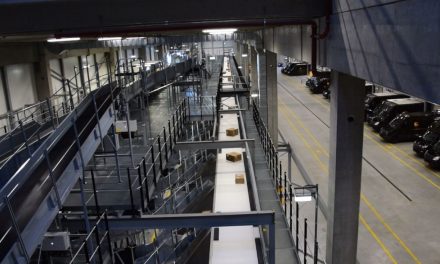
Chemical safety net catches part-loads
A next-day pallet network dedicated to hazardous goods began operations on 8 October and has already moved its first 1,000 pallets.
MD Jim Scanlan and safety and technical director Ali Karim joined forces to set up the HazChem Network after separately working on the same idea. Scanlan brought the hub-and-spoke expertise, having worked with Fortec before launching The Pallet Network in 2000. Trained chemist Karim developed knowledge of chemical distribution with TDG and Interoute.
Karim claimed UK packaged chemical distribution was “not as robust as it could be, unlike bulk”. In his previous role, he said he had experienced problems with outreach distribution, especially where gas cylinders were concerned.
The HazChem Network accepts all classes of hazardous material at its 5,500sq metre hub in Rugby except radioactive, explosive and biologically infectious materials.
The hub is divided into quadrants allowing separate handling of flammable, corrosive, oxidising/toxic chemicals and non-ADR irritants, which may include dyes, adhesives, paints and concentrated detergents.
The incoming driver has to stop in each sector and give up his keys while the relevant pallets are offloaded. He reloads in exactly the same sequence.
The network, a private limited company, has 20 members so far. Each pays an annual fee and a further £7 per pallet delivered into the hub. Scanlan said members together provided “very nearly full coverage” of the UK but could probably double in number as volumes increased and territories reduced.
The trend in chemical transport is towards specialised, packaged shipments rather than commodity bulk movements.
The UK is importing more packaged chemicals and more of them are coming within the scope of the ADR regulations.
“We are the first specialised [pallet] network but won’t be the last, ” Scanlan said.
“They are now an established method of doing business in the UK.” The network uses Deltion’s CarrierNet software through which collecting depots enter consignments by UN Number. The software pre-sorts consignments and specifies where in the hub they need to go. They are scanned in and out so the hub knows exactly what is on the premises at any time – crucial in the event of an emergency.
CarrierNet also integrates the Tremcard document system, and the HazChem Network is licensed to print its own Tremcards if originals go missing or become damaged.
In most pallet networks, there is no correlation between the paperwork on the vehicle and the goods being carried. It is all reconciled later at the hub. “We don’t have that luxury, ” said Scanlan. “If not all pallets are loaded as expected, perhaps because some were over-size, this generates an alert and we have to retrieve the documents.” He added there were “three or four product extensions we can visualise, ” including possible expansion of the network into Europe and Ireland.
Posted: 25/10/2004













